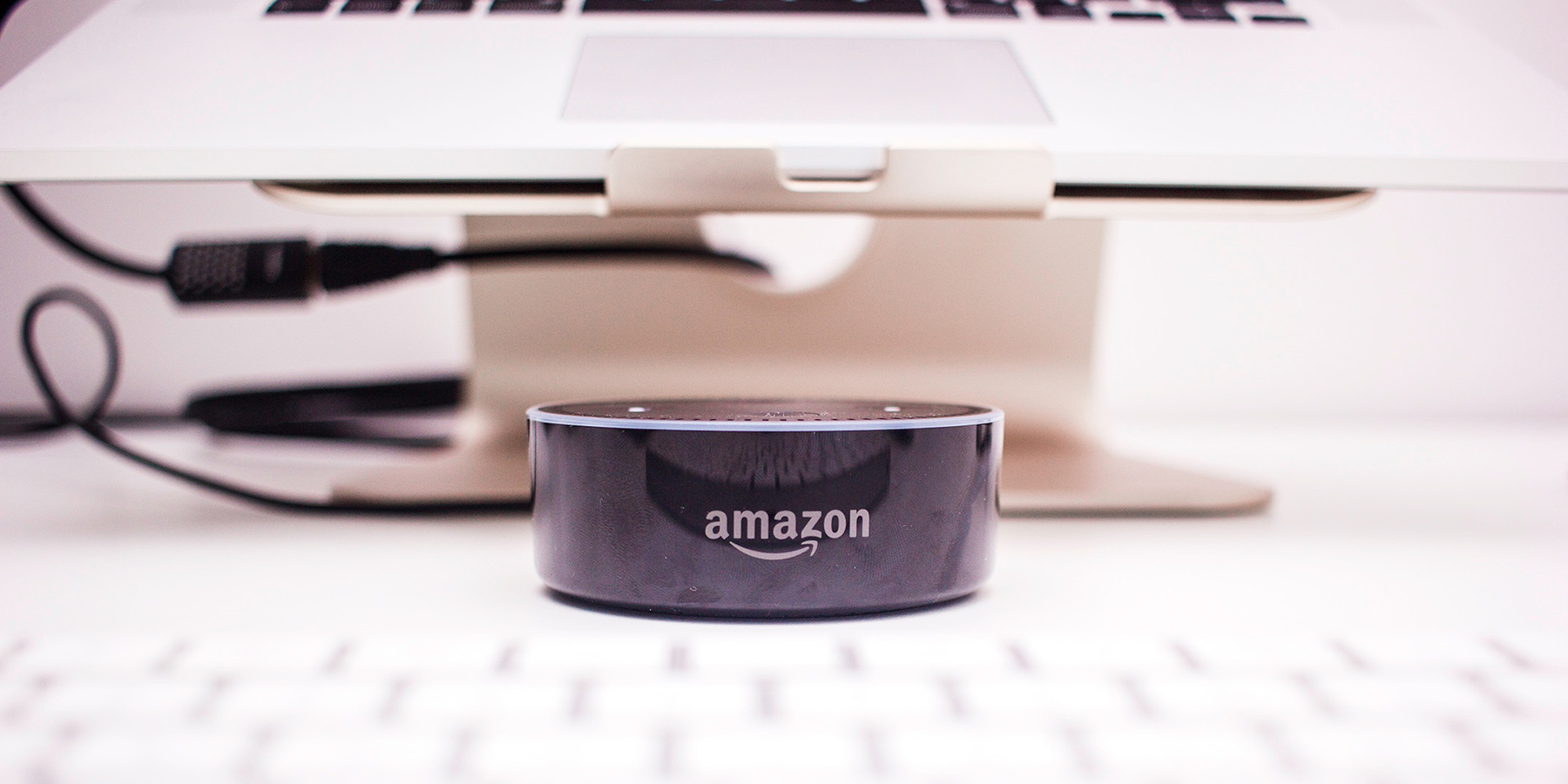Thirty percent of smart speaker owners say that the device is taking over time they’d otherwise spend watching TV. With the rise of podcasts and audio storytelling, this isn’t altogether surprising, and smart speakers mean a rise in audio advertising. Educational content Smart speakers are a way for both B2C and B2B companies to get information across to their listener. It’s simple, sure, but it gives the audience a different way to interact with you in space that’s not as saturated as marketing blogs. Remove sales friction The Smart Audio Report by NPR and Edison research found that sixty-one percent of smart speaker owners think of their speaker as someone to talk to, rather than just a technological thing that exists in their house. Customers can ask Alexa to order something new or reorder a previously purchased product with a single command. Wider reach One of the biggest impacts of smart speakers is how they make audio a social activity again. Thanks to earbuds and headphones, and how easy it is to multitask while listening to a podcast, listening to audio has been a fairly isolated activity during the past decade. Burger King rolled out a fifteen-second TV ad that intentionally connected to viewers’ Google Homes to tell them more about the Whopper once the commercial ended. The fact that Burger King banked on so many households having a Google Home shouldn’t be lost on advertisers.
Alexa, Siri, and Sonos. They could be members of a post-punk girl band, but most people know these names belong to everyone’s favorite smart speakers. These days, one in six Americans have a smart speaker at home. Thirty percent of smart speaker owners say that the device is taking over time they’d otherwise spend watching TV.
With the rise of podcasts and audio storytelling, this isn’t altogether surprising, and smart speakers mean a rise in audio advertising. But this rise is shaping up differently than the traditional radio ads many of us tune out in the car. So what are early-adopters doing? And what do marketers need to be aware of before proceeding full steam ahead?
Educational content
Smart speakers are a way for both B2C and B2B companies to get information across to their listener. Purina’s “Ask Purina” feature encourages consumers to ask Alexa what type of dog breed is right for them. Instead of dishing out a traditional Purina ad about ingredients and dietary benefits, Ask Purina is fun, informative, and a more personalized experience. It’ll also relay beneficial or fun canine facts (Why do dogs lick people? To show that they accept your role as the pack leader). Once the user adopts a breed that their smart speaker recommended, the idea, of course, is that they’ll feel loyal to the brand of dog food that brought dear Fido into their lives.
Motivational career advice
Alexa’s Marketing School by Neil Patel and Eric Siu gives marketers who own smart speakers 10 pieces of actionable advice each morning. (For example, make sure you blog consistently to hold your audience’s attention, but don’t try to publish at a rate that you can’t keep up with.) It’s simple, sure, but it gives the audience a different way to interact with you in space that’s not as saturated as marketing blogs. Also, content that is specialized and engaging will perform better than generic audio ads, no matter how catchy the tagline might be.
Remove sales friction
The Smart Audio Report by NPR and Edison research found that sixty-one percent of smart speaker owners think of their speaker as someone to talk to, rather than just a technological thing that exists in their house. (Her…

COMMENTS